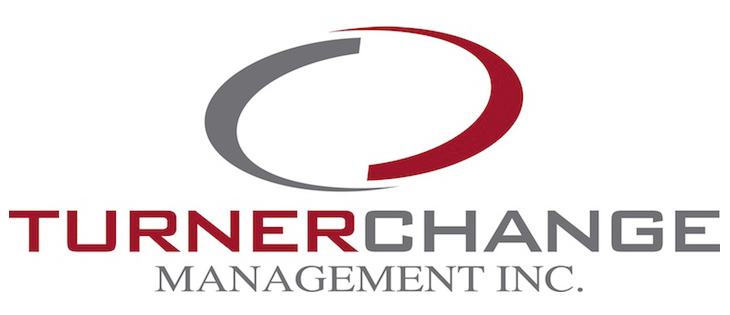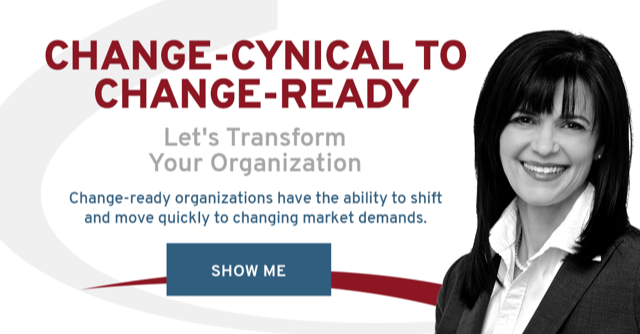When we bought our house on Vancouver Island with two beautiful (albeit somewhat overgrown) front gardens, I was inspired and afraid. The gardens were large, with many flowers, and the climate was different from the prairies.
At first, the garden seemed to be thriving, so for the first season after purchasing the house, I simply observed and did a little bit of maintenance. It needed more than a bit of care by the second season. But before I just started pulling and digging things up, I wanted to learn more about the garden. I needed to know what the previous owners planted, how one plant supported another and its growth cycle.
Thanks to a friend who is an avid gardener, one of the things she helped me discover is that I had two types of flowers growing in the garden. I had some plants that had been intentionally planted, like lavender, roses, and peonies. I also had many more that were plants of opportunity.
They weren’t classified as weeds and initially had provided some colour and filled in bare spots. But they also weren’t flowers I wanted in the garden. They had begun to overtake the plants that had been intentionally planted and made the garden look overgrown with no room for new flowers.
As I surveyed the garden, I realized organizational performance and behaviours are similar.
Behaviours of Intention Versus Behaviour of Opportunity
How many behaviours that we label as a bad habits were initially simply a behaviour of opportunity? A circumstance initiated a conscious or unconscious response, which became rooted in our pattern of behaviour.
At first, the behaviour serves us. It allows us to deal with the situation and regain a sense of control. However, when the situation changes and the behaviour remains, it stops being helpful. That behaviour that was initially helpful becomes harmful, impacting our relationships, career, health, and the organization’s health.
I remember helping a CEO struggling to get her executive and management team to make decisions. The group insisted on checking with her on almost every decision, even those well within their scope and responsibility. She was frustrated because the individual team members were smart and capable, with years of experience, yet they couldn’t seem to make decisions. She also knew the lack of decision-making inhibited the organization’s growth and overloaded her.
Together we began to explore the behaviour and engage the leaders in conversation. It quickly became clear that the issue was not a lack of competence or their inability to decide.
The behaviours had developed because leaders and employees were previously not expected, encouraged, or recognized for decision-making. When they demonstrated autonomy, they were criticized and reminded of how things are done. The former leader rewarded people when they followed directions and didn’t question decisions.
Leaders had designed policies and procedures to centralize decision-making in the previous environment. The managers’ behaviours and responses (running every decision through the CEO) had enabled them to work effectively within that environment.
The problem now was that the environment had changed. Those behaviours that had worked well before were now holding the executive team and the organization back.
Designing New Behaviours with Intention
The challenge for the CEO was to help the executive team let go of the old behaviours of opportunity and help them consciously develop and adopt new behaviours consistent with where the organization needed to go.
The human brain is like a high-efficiency furnace. It is designed to use the least energy and achieve the most output. It’s one reason it’s so easy for behaviours of opportunity to embed themselves in our lives and our organizations.
Linda Graham, the author of Bouncing Back, states that about 80% of the instructions for our behaviour is recorded in implicit memory and outside our conscious awareness.
Therefore, the first step in eliminating these behaviours of opportunity (habits) is to become aware of the unconscious beliefs that maintain them. Once we become aware of the patterns of our thoughts and actions, we can consciously begin designing and engaging in new behaviours.
That’s what I did to help this CEO help her team. We worked on three key areas.
- I helped her become aware of her own beliefs about her leaders’ behaviour and how they influenced her behaviour. For example, becoming frustrated when leaders came to her with a decision they should be making. She let go of the idea that the leaders were resistant to change and began to build readiness for the new behaviours needed.
- We worked to develop her coaching skills and ways of interacting with her executive team. She helped her leaders challenge their assumptions and beliefs, trust themselves to make the decision and trust she would support them, even when things didn’t turn out as expected.
- She worked with them to develop new processes and policies that supported and reinforced the desired outcome.
Cultivating Desired Results
Gradually, leaders started asking more questions, informing her of the decision instead of asking her to make the decision. They brought forward more suggestions and challenged each other with new ideas.
Like tending to my garden, the CEO tended to her team. By working with them from where they were rather than reacting, she helped them develop new behaviours and let go of those that were no longer helpful.
If you’d like to chat about change in your organization, fill out the form below. And let’s have a conversation



